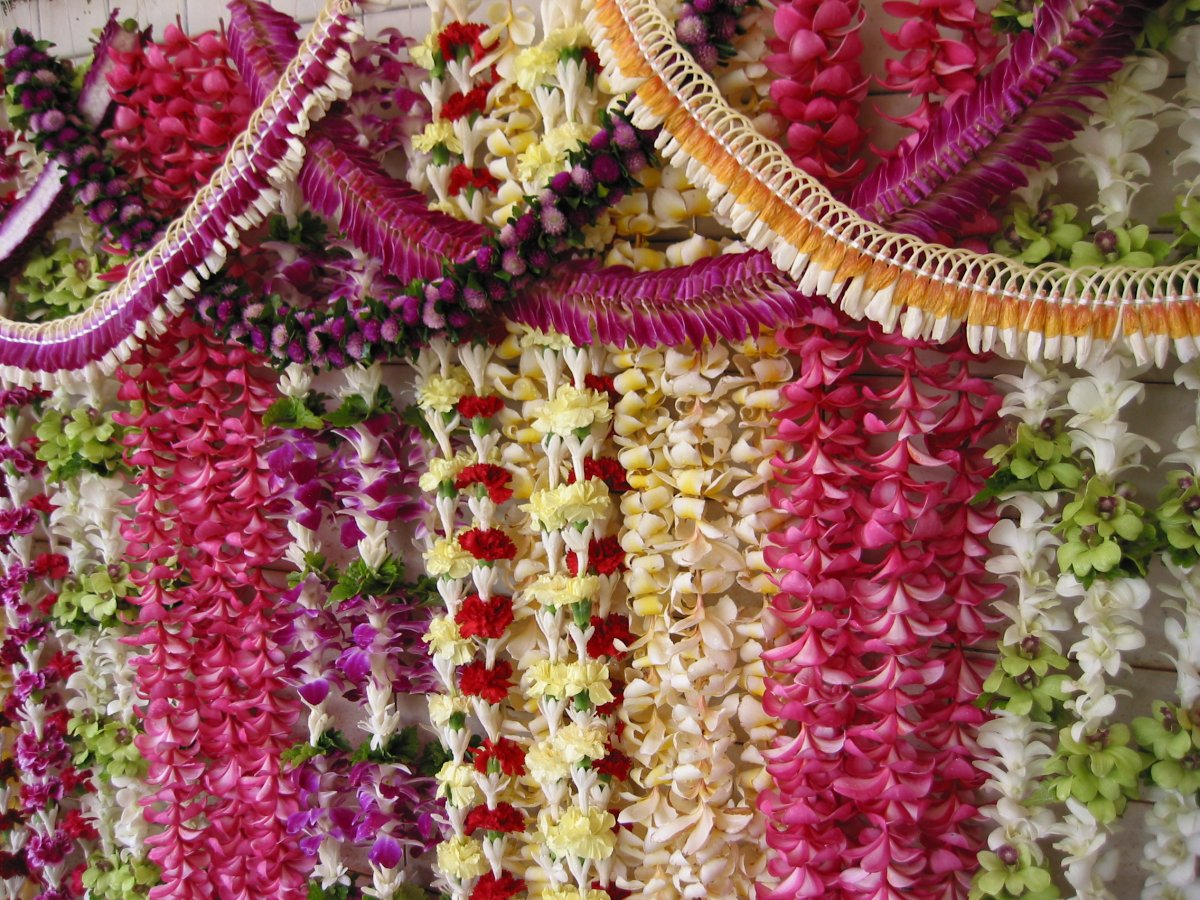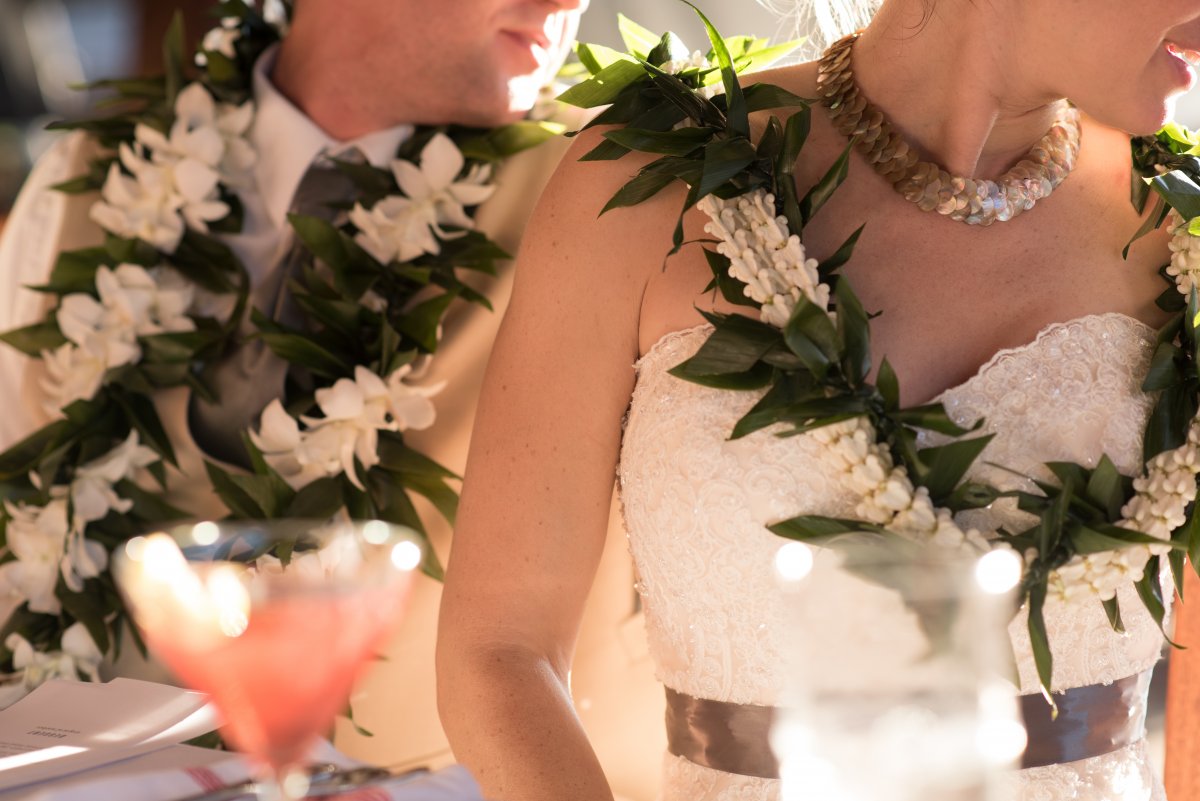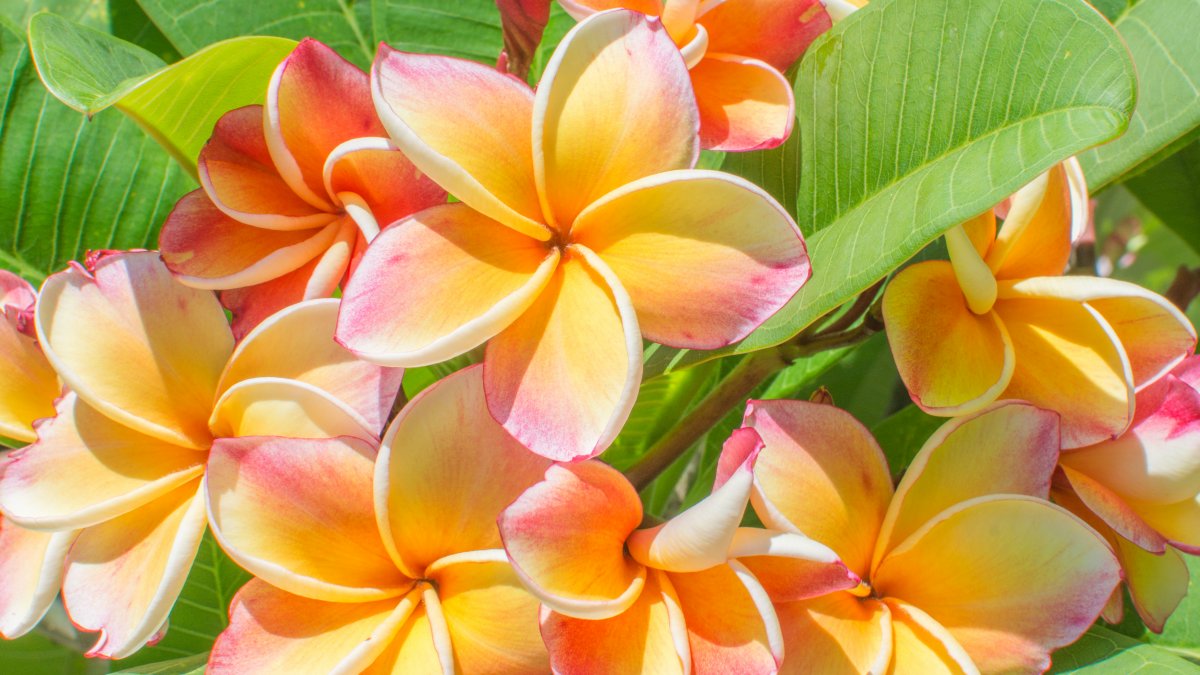The Hawaiian Lei
Did you ever wonder why the lei became so significant to Hawaiian culture?
When you land in Hawaii, you often see people welcoming friends, family, and guests with decorative flower leis. At the airport, the lei is usually accompanied by a warm "Aloha!" It's a feast for the senses: beautiful to look at, fragrant to the nose, and delicate against the skin. However, the traditional Hawaiian lei is more than just a pretty accessory.
The basics...
A lei is a wreath or garland made of flowers or other materials. In a broader sense, a lei can refer to any arrangement of items that are strung together and worn around the neck. Those meant to be worn around the wrists or ankles are referred to as “kupe'e."
In Hawaiian culture, the lei symbolizes love, friendship, and hospitality. It's a way of welcoming visitors and honoring special occasions with beauty and grace. Giving a lei is a gesture of respect, gratitude, and affection.
Let's delve into more information about this lei-gacy.
The Lei Memoir
It is believed that the practice of exchanging lei originates with Polynesian explorers who undertook the challenging voyage from Tahiti to Hawaii. Interestingly, the term "lei" is used for both singular and plural forms in Hawaiian, as there is technically no specific Hawaiian word for "leis." A lei serves as a beloved symbol of love, friendship, celebration, honor, and greeting - all encompassed by the essence of aloha.
In ancient Hawaii, leis were used to convey beauty, wealth, nobility, and rank. Native Hawaiians used the lei to indicate their status and royal lineage. Additionally, they would wear leis to show respect to one another and their deities. The significance of the lei in the Native Hawaiian religious traditions and hula tradition is also intertwined with the way they were worn.
A wonderful place to learn about leis and Hawaiian culture generally is the Bishop Museum in Oahu. The museum documents the evolution of Hawaii and Hawaiian culture from ancient times through the centuries.
Perhaps one of the earliest Western encounters with Hawaiian leis was Captain James Cook, who was the first Westerner to encounter the Hawaiian people in 1778. He brought a Ni’ihau shell lei home from his travels and the lei sits in the British Museum to this day.
Tourists began to arrive by boat in the early 1900s. During the "boat days," lei makers, or "mea lei," would line the pier at Aloha Tower to warmly welcome travelers and locals to the islands. Legend has it that as departing visitors sailed past Diamond Head, they would toss their lei into the ocean, hoping to return to Hawaii one day, just like their beloved garlands.

The Art of Making Lei
The tradition of lei-making in Hawaii dates back centuries, with Hawaiians using various materials such as shells, feathers, leaves, and even animal bones and teeth to create intricate designs. However, the most popular and well-known lei are those made from fresh flowers, which are still widely used today by men and women.
Creating a lei requires skill, patience, and a deep appreciation for the natural world. Each lei is unique, with its own combination of colors, textures, and fragrances. The fragrant and colorful blooms are carefully selected and strung together in intricate patterns, with each design reflecting the creativity and personality of the maker.

To make a traditional Hawaiian leis, you start by gathering the flowers and foliage. Many types of materials can be used to make lei. Some of the most popular include:
- Puka shells - small white shells from Hawaii's reefs that come in a variety of shapes and sizes.
- Fresh flowers (orchid blossoms, plumeria blossoms, and protea)
- Natural leaves (pandanus leaves)
Unless you are in Hawaii, where specialty shops exist, you can purchase these items at your local grocery store or florist shop and create beautiful Hawaiian garlands!
Although flowers have different meanings, Hawaiians have long been associated with their symbolism. For example, the Maile lei held great importance as it symbolized peace between warring chiefs when worn. Another sacred lei, exclusively reserved for Ali'i (Hawaiian royalty), was the Kukui nut lei.
Lei types also have different meanings today. For example, a lei made of plumeria flowers are said to bring good luck; one made from orchids represents wealth and prosperity, while a lei made from ti leaves symbolizes strength and endurance.

The Lei-tiquette
Etiquette for giving and receiving leis varies depending on the occasion.
There are also some unspoken traditions that visitors should be mindful of. For example, it is customary to take out your lei before entering a sacred space or place of worship, such as a heiau or a church. It is also considered impolite to refuse a lei, as it is a symbol of aloha and hospitality in Hawaiian culture. Instead, graciously accept the lei with a sincere "mahalo" (thank you) and wear it with pride. Finally, when removing a lei, it's important to do so discreetly and avoid dropping it on the ground.
The lei tradition is a beautiful and meaningful art that has been used to celebrate special occasions for hundreds of years. The art of lei-making has evolved over time, but it continues to be an important part of Hawaiian culture today.
Honoring Hawaii's floral tradition through lei-making is a way to connect with the Islands' natural beauty and celebrate the Hawaiian people's culture and history. It's a tradition cherished and revered by locals and visitors alike, and it continues to inspire and uplift people worldwide.
So next time you receive or give a lei, remember the rich history and cultural significance it holds in the beautiful islands of Hawaii. Mahalo nui loa!



